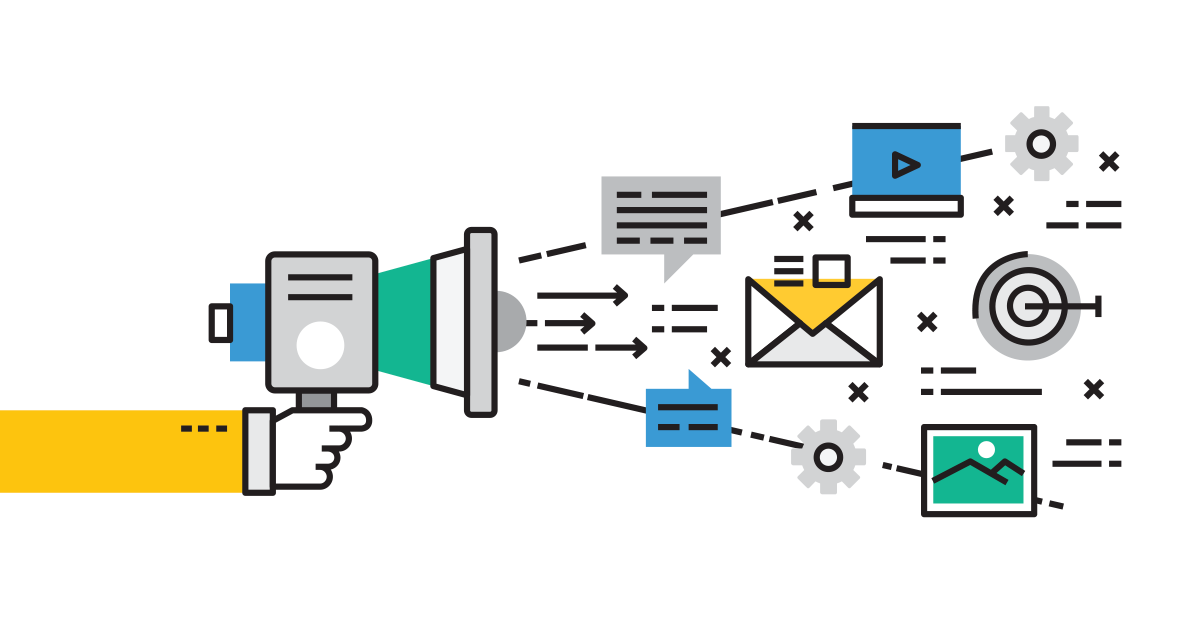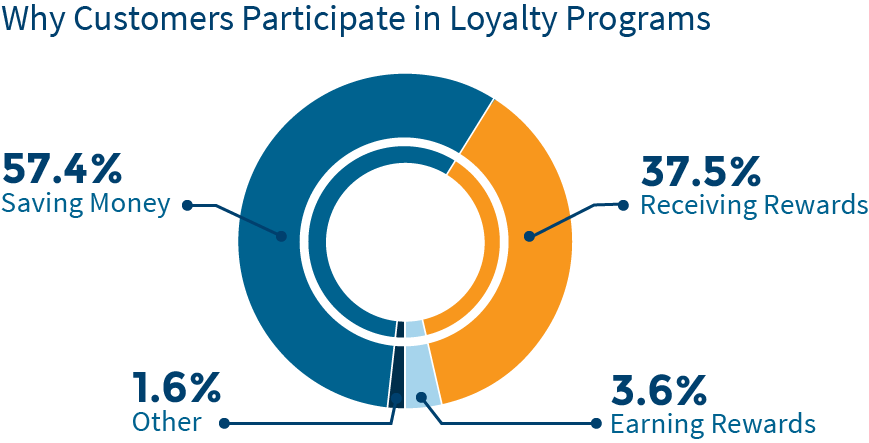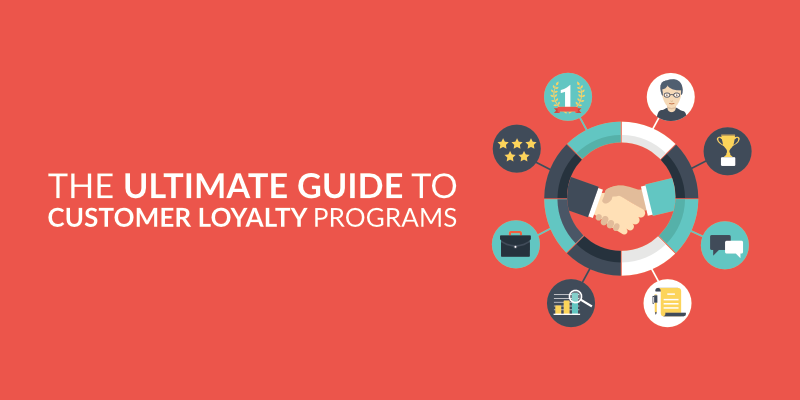All Categories
Featured
Table of Contents
In Canyon Country, CA, Stephen Pope and Ella Knapp Learned About Linkedin Learning

What if you could grow your business without increasing your spending? In truth, what if you could actually lower your spending but increase your sales, year after year? Would you do it? If you're an entrepreneur, then you'll likely provide a definite 'yes', a simple response to an even simpler question.
A rewards program tracks and benefits certain spending habits by the customer, offering special benefits to faithful clients who continue to go shopping with a specific brand name. The more that the customer invests in the store, the more advantages they get. Over time, this incentive develops faithful consumers out of an existing customer base.

Even if you currently have a benefit program in location, it's a good idea to dig in and totally understand what makes customer loyalty programs work, along with how to execute one that costs you little money and time. Do not worry, I'll help you with that. I'll break down the main benefits of a loyalty program and the very best ways to produce devoted consumers.
Let's dig in. Client commitment is when a client go back to work with your brand over your rivals and is mostly influenced by the positive experiences that the consumer has with your brand. The more positive the experience, the more most likely they will return to shop with you. Customer loyalty is incredibly crucial to organizations since it will help you grow your service and sales faster than an easy marketing plan that focuses on recruiting brand-new customers alone.
A couple of ways to measure consumer commitment consist of:. NPS tools either send a brand name efficiency survey by means of email or ask consumers for feedback while they are checking out a service's website. This info can then be utilized to better understand the possibility of customer loyalty. A repurchase ratio determines the ratio of repeat purchasers versus one-time purchasers.
Client commitment index (CLI). The CLI tracks client commitment gradually and is comparable to an NPS survey. However, it takes into consideration a few extra aspects on top of NPS like upselling and redeeming. These metrics are then used to assess brand loyalty. A client commitment program is a marketing method that rewards customers who make purchases and engage with the brand on a continued basis.
Consumer rewards programs are designed to incentivize future purchases. This motivates them to continue doing company with your brand. Client loyalty programs can be set up in various methods. A popular client loyalty program benefits clients through a points system, which can then be spent on future purchases. Another type of consumer loyalty program might reward them with member-exclusive advantages or free gifts, or it may even reward them by donating cash to a charity that you and your consumers are mutually passionate about.
In 48423, Bentley Clay and Hayley Reynolds Learned About Online Sales
By using rewards to your consumers for being faithful and helpful, you'll build a relationship with them, deepening their relationship with your brand name and ideally making it less likely for them to switch to a rival. You have actually most likely seen client loyalty programs in your own shopping experience, whether at your preferred coffee shops or your most frequented grocery stores.
However simply since everyone is doing it doesn't indicate that's a great sufficient reason for you to do it too. The much better you comprehend the benefits of a customer rewards program, the more clarity you will have as you produce one for your own store. You will not be distracted by interesting benefits and complex loyalty points systems.
Keep in mind: work smarter, not harder. Client retention is the main benefit of a rewards program that serves as a foundation to all of the other advantages. As you supply incentives for your existing customer base to continue to acquire from your store, you will offer your store with a steady flow of money month after month.
By growing your retention rate, you can stop spending as much time or money on increasing your total number of clients. Why is this essential? Loyal consumers have a higher conversion rate than new clients, implying they are more likely to make a transaction when they visit your shop than a brand-new client.
By increasing your retention rate by just 5 percent, you can increase your profits by 25 percent and as much as by 95 percent. Needless to say, your retention rate matters. Secret Takeaway: If you wish to considerably increase your revenues, provide incentives for your existing consumers to continue to patronize your store.
And you won't have to invest money on marketing to get them there. Customer acquisition (aka generating brand-new clients) takes a lot of effort and money to persuade total strangers to trust your brand name, come to your shop, and attempt your products. In the end, any money earned by this brand-new customer is eclipsed by all of the cash spent on getting them there.
Key Takeaway: If you desire to reduce spending, focus on client retention rather of customer acquisition. When you focus on offering a favorable customized experience for your existing customers, they will naturally inform their friends and household about your brand. And with each subsequent deal, faithful customers will tell a lot more individuals per transaction.
In 30144, Samantha Frey and Remington Trevino Learned About Customer Loyalty
The very best part? Since these brand-new customers came from relied on sources, they are most likely to become faithful customers themselves, spending more typically than brand-new consumers generated by other marketing efforts. The Chase Ultimate Benefits program, for instance, uses major perks for people who travel a lot.
The 'supreme benefits' that Chase cardholders get include 2x points per dollar invested in all travel purchases along with main rental vehicle insurance coverage, no foreign transaction costs, trip cancellation insurance coverage, and purchase defense. For people who travel a lotand have disposable earnings to do sothere is an enormous incentive to spend cash through the ultimate benefits program.
This whole process makes redeeming rewards something worth bragging about, which is precisely what lots of cardholders end up doing. And to help them do it, Chase offers a bonus for that too. Key Takeaway: Make it simple for your consumers to extol you and they will spread out the word about your look for free.
When you get the basics down, then using a loyalty rewards app can assist take care of the technical information. Here are the steps to get going with producing your customer commitment program. No consumer wants to buy items they do not want or need. The same goes for your commitment program.
And the only way to customize an alluring client commitment program is by thoroughly understanding your client base. The very best method to do this? By executing these strategies: Construct customer contact info wherever possible. Ensure your organization is constantly building an in-depth contact list that enables you to gain access to existing customers as typically and as quickly as possible.

Track client habits. Know what your customers desire and when they want it. In doing so, you can expect their desires and requires and provide them with a loyalty program that will satisfy them. Classify consumer individual characteristics and preferences. Take a multi-faceted method, do not restrict your loyalty program to simply one opportunity of success.
Encourage social networks engagement. Frame techniques to engage with your customers and target audience on social networks. They will quickly offer you with really insightful feedback on your items and services, allowing you to better understand what they expect from your brand name. When you have actually exercised who your clients are and why they are working with your brand name, it's time to decide which type of loyalty rewards program will motivate them to remain loyal to you.
In 7726, Keenan Benson and Destinee Conley Learned About Subscriber List
Nevertheless, the most typical consumer loyalty programs centralize around these primary concepts: The points program. This kind of program focuses on fulfilling customers for every purchase they make with points in a point system. These points can then either be utilized on future purchases or put towards some form of reward.
The paid program. This type of program requires customers to pay a one-time or yearly charge to join your VIP list. Commitment members who come from this list are able to gain access to distinct benefits or member-exclusive benefits. The charity program. This kind of program is a little bit various than the others.
This is attained by encouraging them to do business with the brand name and, in return, their loyalty will be rewarded with a contribution to a charity. The tier program. This type of program concentrates on increasing levels of brand loyalty. The more devoted a customer is to a brand, the higher tier they will climb to and the better the rewards they will get.
This type of program is just as it sounds, where one brand partners with another brand to offer their collective audiences with special member discount rates or offers that they can redeem while working with either brand. The community program. This type of program incentivizes brand loyalty by providing its members with access to a like-minded community of individuals.
This type of program is fairly comparable to paid programs, nevertheless, the membership cost happens regularly rather than a one-time payment. Next, pick which client interactions you 'd like to reward. Base these rewards around which interactions benefit your service the most. For instance, to assist your organization out, you can offer action-based benefits like these: Reward consumers more when doing company with your brand name throughout a slow period of the year or on an infamously slow day of business.
Reward customers for engaging with your brand on social media. Incentivize particular items you are attempting to move rapidly. Incentivize purchases that are over a certain dollar quantity. The idea is to make your consumer commitment program as easy as possible for your customers to utilize. If your client loyalty program isn't personnel friendly, isn't simple to track, is too costly to run, or isn't easy for your customers to utilize or understand, then personnel and consumers alike most likely won't make the most of it.
To get rid of these barriers to entry, think about integrating a consumer loyalty software that will help you continue top of all of these aspects of your program. Some quality customer program software application include:. CandyBar is a digital punch card program. It works by tracking your customer's purchases through an app on a computer system, phone, or tablet.
In Wantagh, NY, Tatiana Woodward and Kassidy Clements Learned About Marketing Efforts
Loyalty members can then check their rewards by means of text message and organization owners can utilize the program to contact their consumers. Yotpo. Yotpo is a cloud-based client commitment platform solely for eCommerce businesses. This software application is especially excellent at collecting every kind of user-generated content, helpful for tailoring a much better consumer experience.
Loopy Loyalty is a handy customer loyalty software application for organizations that primarily utilize Google Wallet or Apple Pay as their payment platforms. The software produces a digital commitment card that sends out push notifications to their consumers' phones when they remain in close proximity to their brick and mortar store. As soon as you've made the effort to decide which consumer commitment methods you are going to execute, it's time to start promoting and signing up your first commitment members.
Use in-store advertisements, integrate call-to-actions on your website, send out promotions through email newsletters, or upload advertising posts on social networks to get your clients to sign up with. It is necessary to understand the primary advantages of a consumer rewards program so that you can develop a tailored experience for both you and your consumer.
Think of it. You understand what sort of items your consumers like to buy but do you understand what brings them back, day after day, week after week? What makes them pick your shop over the store across the street? What makes them your client and not the consumer of your greatest rival? Surprisingly, the answers to these questions do not come down to discount costs or quality products.
Table of Contents
Latest Posts
In Fort Washington, MD, Carlo Santos and Victor Mullins Learned About Marketing Campaign
In Key West, FL, Jacob Navarro and Mitchell Sawyer Learned About Customer Loyalty Program
In Soddy Daisy, TN, Yazmin Cooke and Bruno Mcclure Learned About Customer Loyalty Program
More
Latest Posts
In Fort Washington, MD, Carlo Santos and Victor Mullins Learned About Marketing Campaign
In Key West, FL, Jacob Navarro and Mitchell Sawyer Learned About Customer Loyalty Program
In Soddy Daisy, TN, Yazmin Cooke and Bruno Mcclure Learned About Customer Loyalty Program